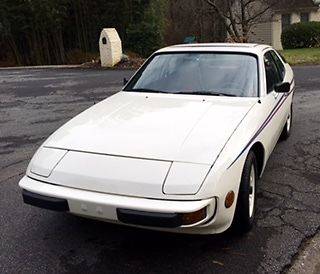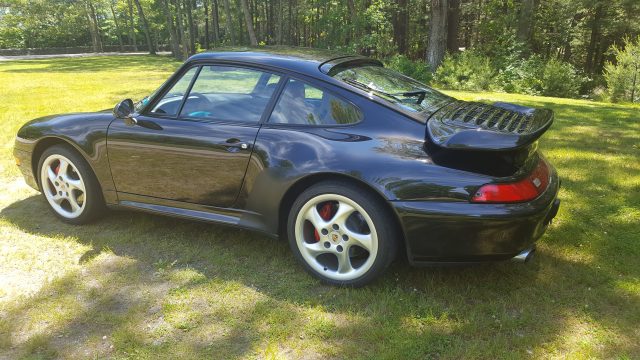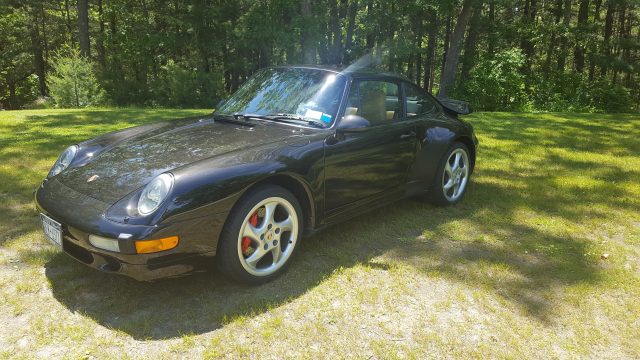At the end of my post yesterday of a Carrera Targa Supersport I mentioned that the asking price was such that you could pretty easily…
2 CommentsWarning!
We have 15 years of archives. Links older than a year may have been updated to point to similar cars available to bid on eBay.Tag: Sponsored Listing
Among Porsche 911 enthusiasts and collectors the 1973 911 Carrera RS is a much adored car and for very good reason. While not the very…
1 CommentIn 1976, Porsche won the World Sportscar Championship for makes with successful runs in both the 935 and prototype 936 chassis. The 936 was triumphant at Le Mans in the already famous Martini livery, while a series of 935/76s carried the colors in Group 5 FIA sports car racing. It was there that Porsche introduced the ‘slant nose’ aerodynamic bodywork that became the hot mod on 911s in the 1980s; however, in the 1970s you could get a very nice slantnose Porsche – replete with Martini Racing colors – for a lot less than a 911 Turbo.
To commemorate the success of the 1976 season, in 1977 Porsche released a limited run of Martini-colored 924s. Option M426 was the Martini World Championship Edition, and it cost $450. Add in a removable roof like this one for about $350, and the sticker price of this car just passed $10,000. For that sum, Porsche gave you quite a lot of visual enhancement; bathed only in pure white, the 924’s 8-spoke alloy wheels were color-matched to the body. Martini stripes ran the length of the sides, their design mimicking the wedge shape of the 924. Inside, a special two-tone interior of scarlet corduroy and black leatherette was offset with Martini stripes stitched into the upper portion of the seats and blue piping ran throughtout. A commemorative plaque was added to the back of the center console, too, reminding you that the car you were driving was from the house of a champion. You held a real leather steering wheel, and helping execute your commands was achieved by Porsche adding sway bars to the suspension both front and rear. It was a series of small changes that resulted in a neat package, and one that is sought by collectors of the transaxle design today:







